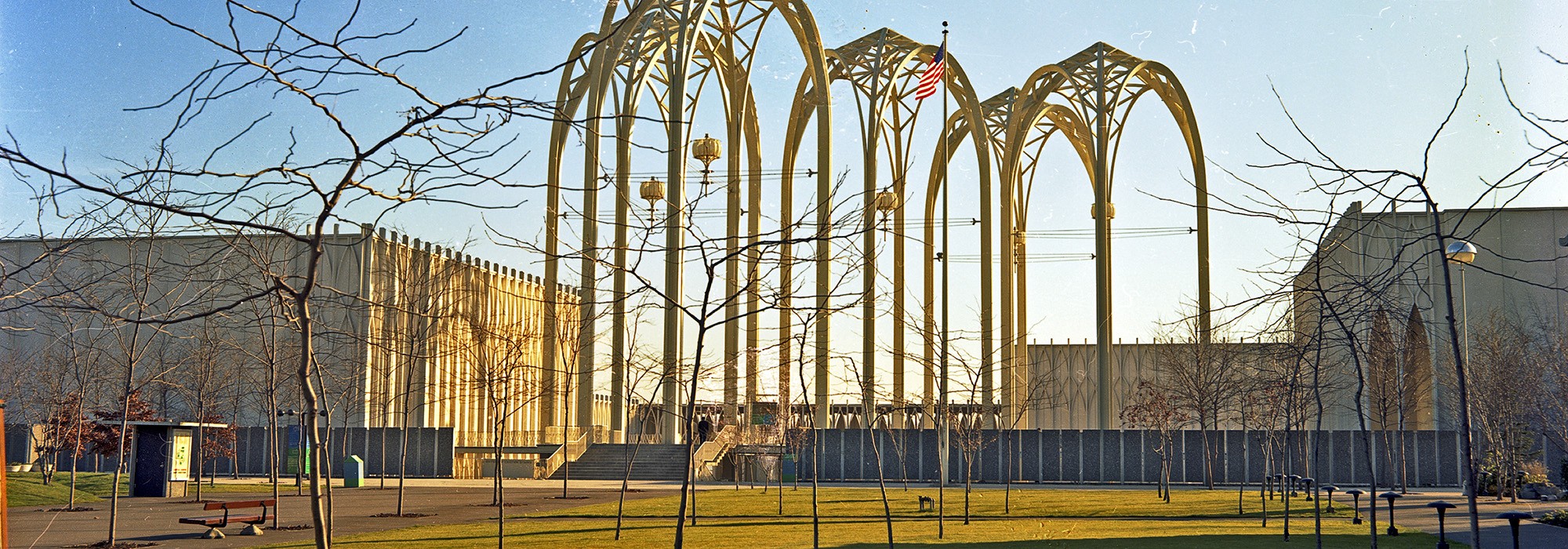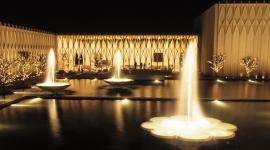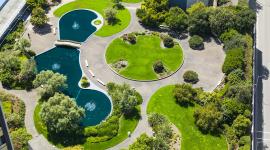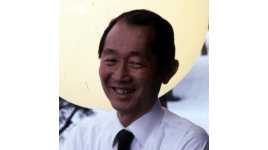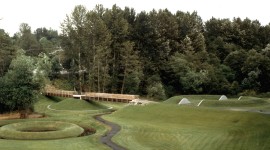A New Threat to Seattle’s Iconic Pacific Science Center
Designed by Minoru Yamasaki and constructed for the 1962 World’s Fair as the U.S. Science Pavilion, Seattle’s Pacific Science Center Courtyard is significant regionally as the only remaining outdoor space originally designed for the fair, and internationally as a design by the architect of the World Trade Center’s Twin Towers. In 2008, when alterations to the courtyard were proposed, The Cultural Landscape Foundation (TCLF) featured the site in its annual Landslide report and digital and photographic exhibition, Landslide 2008: Marvels of Modernism. Subsequently the Pacific Science Center was designated a City of Seattle Landmark (2010) during which time TCLF listed the courtyard as “saved.” In recent years the site has become threatened once again.
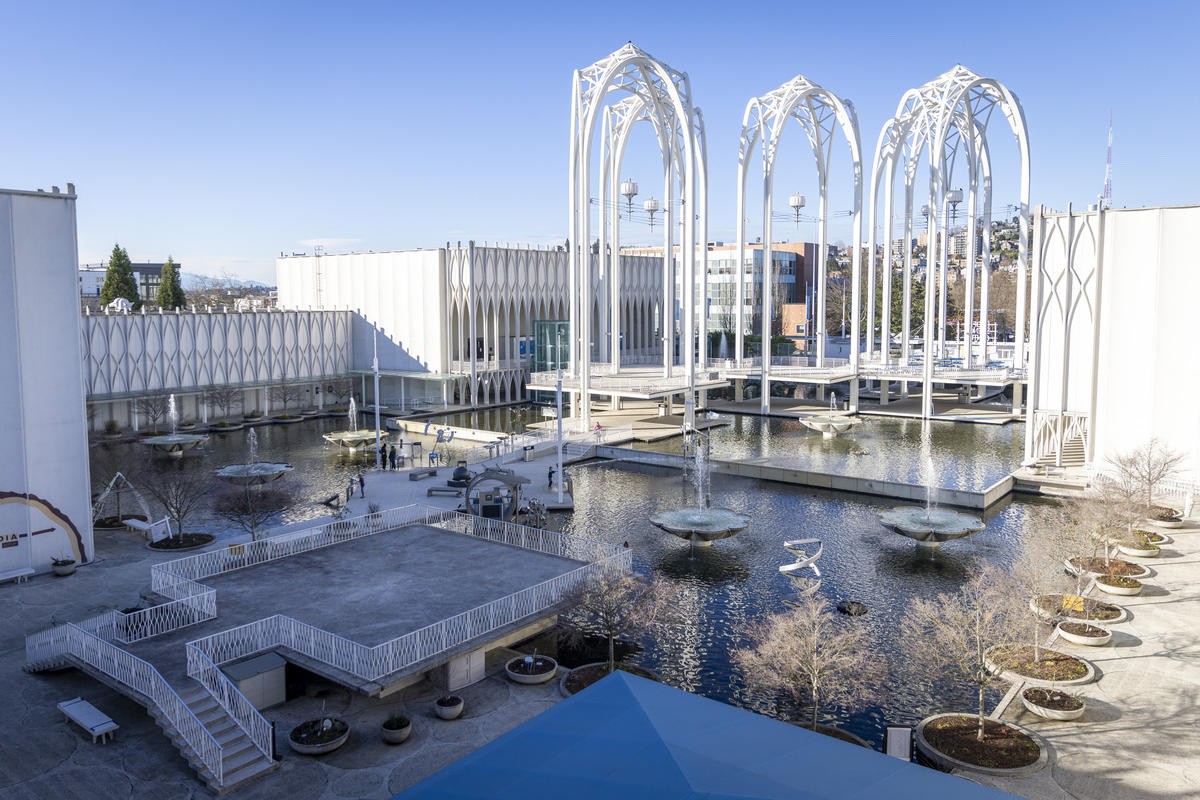
In February 2023 at a briefing to the Seattle Landmark Preservation Board, the center’s leadership claimed that the two courtyard pools (an upper pool on the courtyard’s north side and a lower pool on its south side) leak or evaporate approximately 71,000 gallons of water a day. Will Daugherty, Pacific Science Center President and CEO, told the board that rehabilitating the pools and the adjacent terrazzo decks would cost an estimated seventeen million dollars. In lieu of rehabilitation, the center’s leadership proposed to fill the south pool with soil and native plants to create an artificial “meadow.”
In September 2023 the water supply to the north pool was stopped, allowing it to dry out. By March 2024, as reported by MyNorthwest, center staff considered temporarily introducing plants or an art installation.
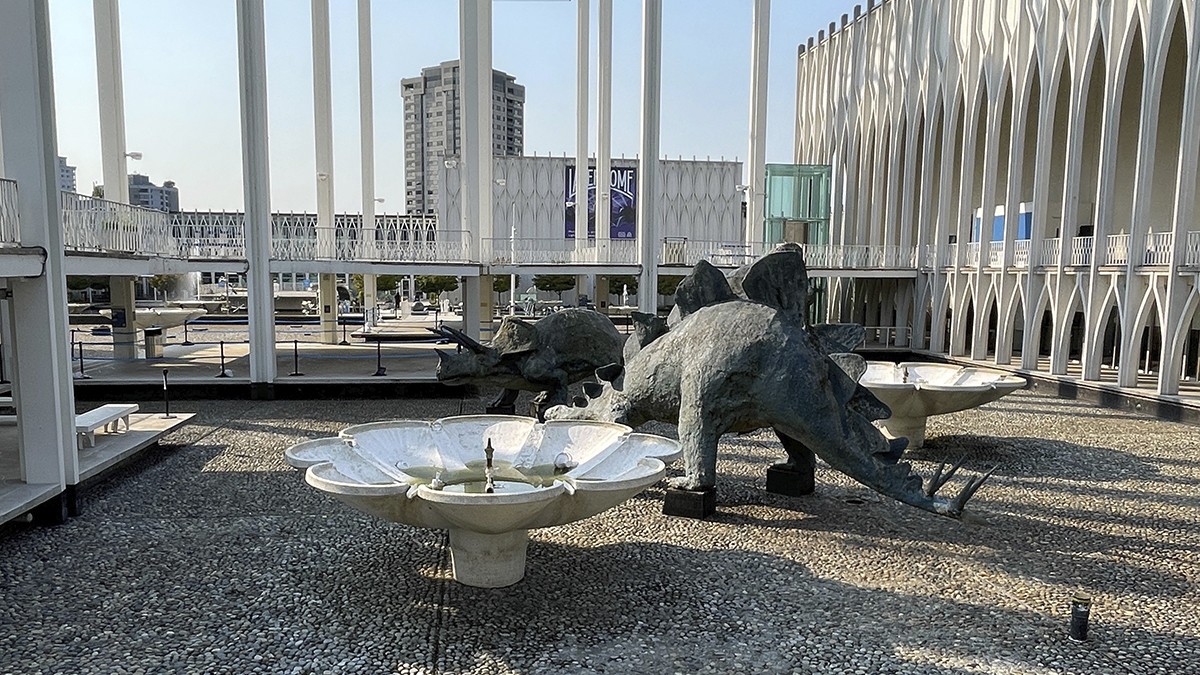
The center’s proposals to fill the courtyard’s pools appears to violate Yamasaki’s original design intent, which was to make the courtyard’s concrete platforms appear to be “floating” in serene reflection pools. The center’s website counters that “any additions to the courtyard will… remain in line with Yamasaki’s vision.”
Separately, the developer Grousemont Associates has announced plans to transform an adjacent lot, which currently features a three-level parking garage. The developer aims to construct an eight-story apartment building, which will potentially alter views from inside the courtyard.
In October 2023 the organization Friends of Yamasaki (FOY) was established with a mission to: “Support the restoration and preservation of Minoru Yamasaki’s original Pacific Science Center design and landmarked features, including its courtyard, pools, arches, and walls.” On September 25, 2024, FOY convened a group of advisors, including Historic Seattle, the Washington Trust, the Japanese Culture and Community Center of Washington, and Allied Arts of Seattle, to expand its community outreach and campaign for rehabilitating the courtyard and pools.
What You Can Do
Public support and engagement are critical to the success of Friends of Yamasaki. To get involved one can register as a “friend” on FOY’s website where one can also share “memories of Yamasaki’s courtyard and pools.”
The pools and fountains are essential contributing features in Yamasaki’s design and contribute to the significance of the Pacific Science Center courtyard; altering them would significantly diminish the integrity of this iconic modernist landscape. As Eugenia Woo, Director of Preservation Services at Historic Seattle, questioned in 2023, “Would you change the reflecting pool on the National Mall in D.C.?” She answered her own question: “No, I don’t think so... so why would you do that here?”



